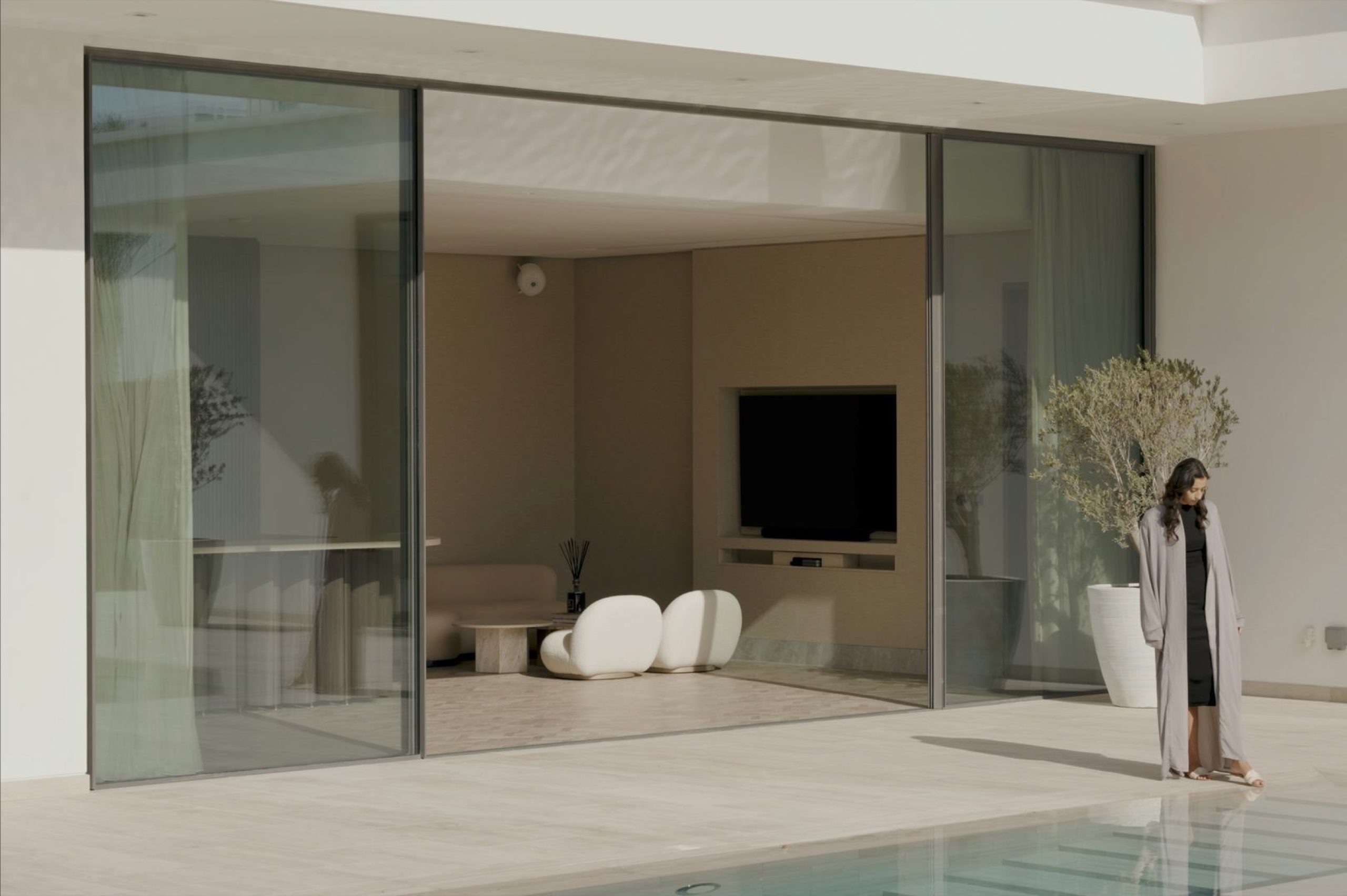Salloum & Salloum Architects, the innovative architecture firm renowned for its transformative designs, has recently completed the JASRA HOUSE project in Bahrain. Four years in the making, this architectural masterpiece showcases the firm’s commitment to excellence, sustainable practices, and an all-encompassing design approach.
For Laney LA, design is not simply a choice between old and new; it’s about finding the balance between the two.
“Our studio is constantly searching for a design that embodies timelessness and innovation. Timelessness includes staying power and that rare ability to remain relevant over time. Innovation feeds our curiosity as we are oriented toward noticing new ideas.”
This mindset requires continually questioning conventional design norms. Which rules are worth preserving, and which are meant to be broken? For Laney LA, the tension between the two is where meaningful architecture begins.
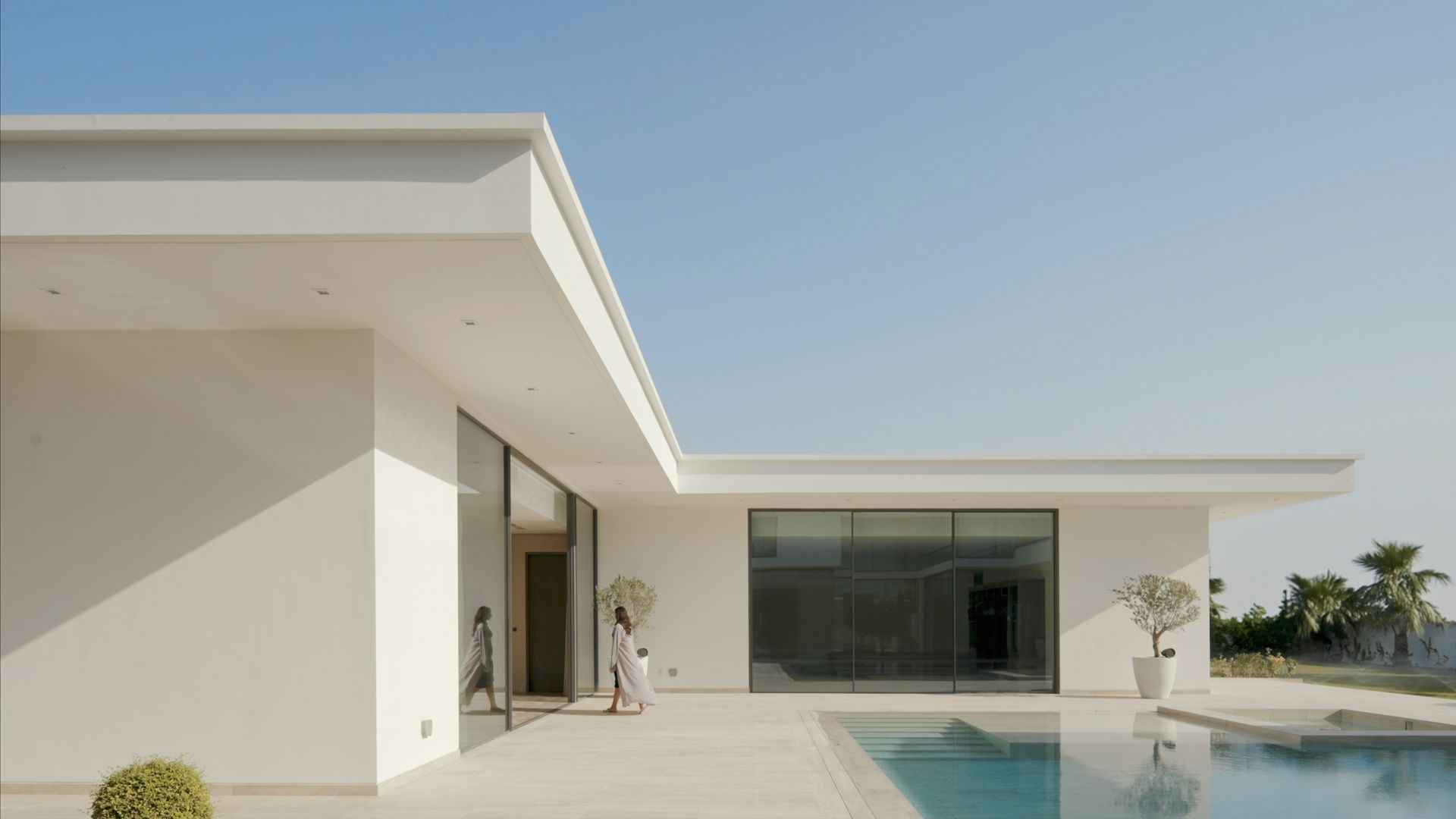
Jasra House | Salloum & Salloum © Sohaub Ilyas
The Jasra House project is a testament to Salloum & Salloum Architects‘ commitment to research-driven architecture. Inspired by Gulf vernacular architecture, the villa seamlessly blends contemporary materials and living standards, creating an architecturally inspirational piece that revolves around the client’s lifestyle.
Situated in a lush region of Bahrain, the architects aimed to connect the building with nature. JASRA HOUSE intertwines plants with the architecture, paying homage to the site’s historic character. The result is a building that feels organically connected to its surroundings.
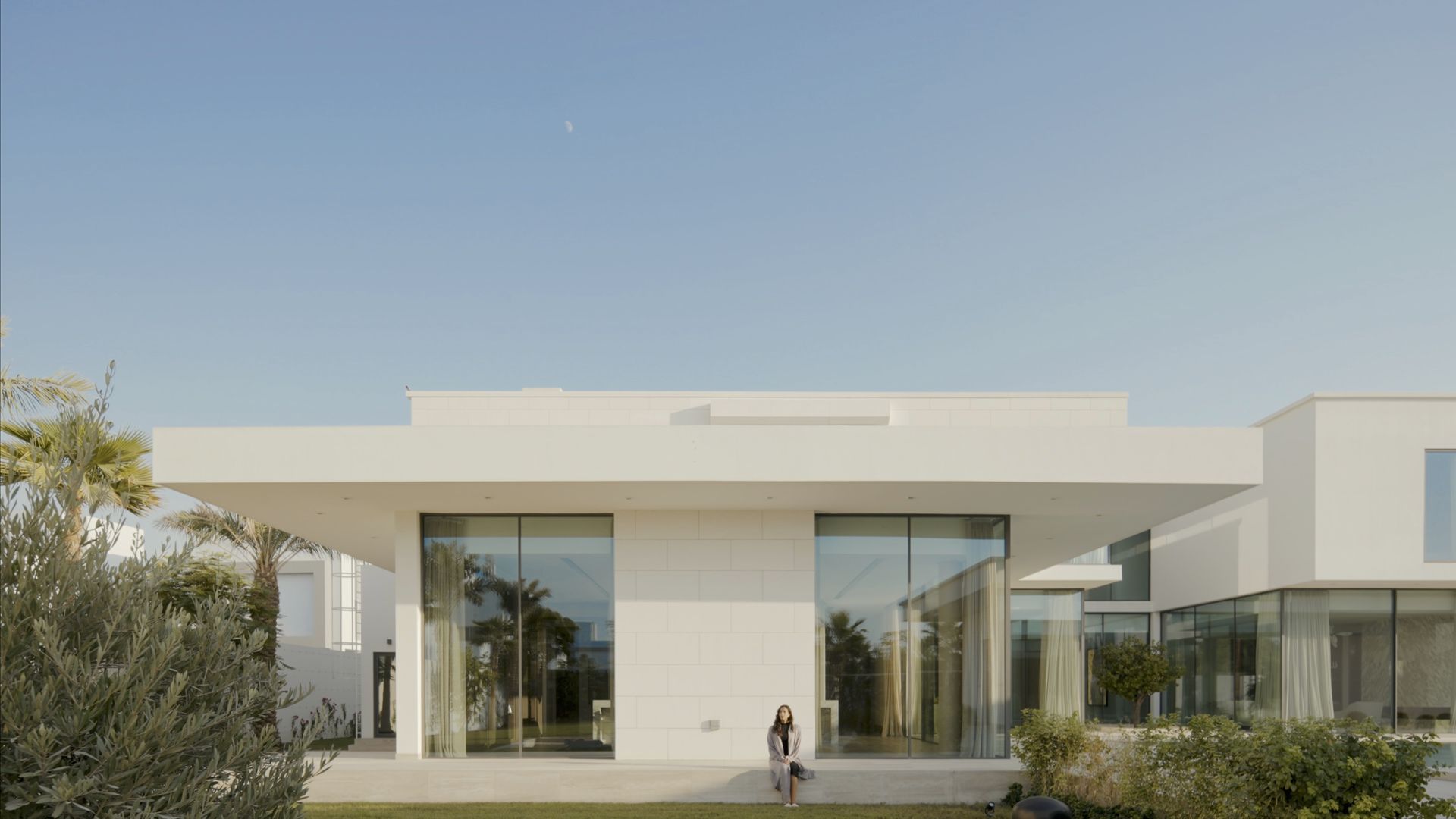
Jasra House | Salloum & Salloum © Sohaub Ilyas
The architects share insights into the challenges faced during the four-year design and construction process. From finding a suitable contractor to delivering quality within budget to overcoming the complexities of glazing and aluminum systems in extreme Gulf temperatures, the interview details the meticulous planning and collaboration that brought Jasra House to fruition.
The architects discuss how the OTIIMA PLUS system was pivotal in enhancing the villa’s aesthetics and performance. OTIIMA’s aluminum and glazing system, with 4m heights and slim profiles, provided thermal efficiency in extreme heat while maximizing visibility. The collaboration with OTIIMA and a pioneering installer in Bahrain marked a groundbreaking achievement.
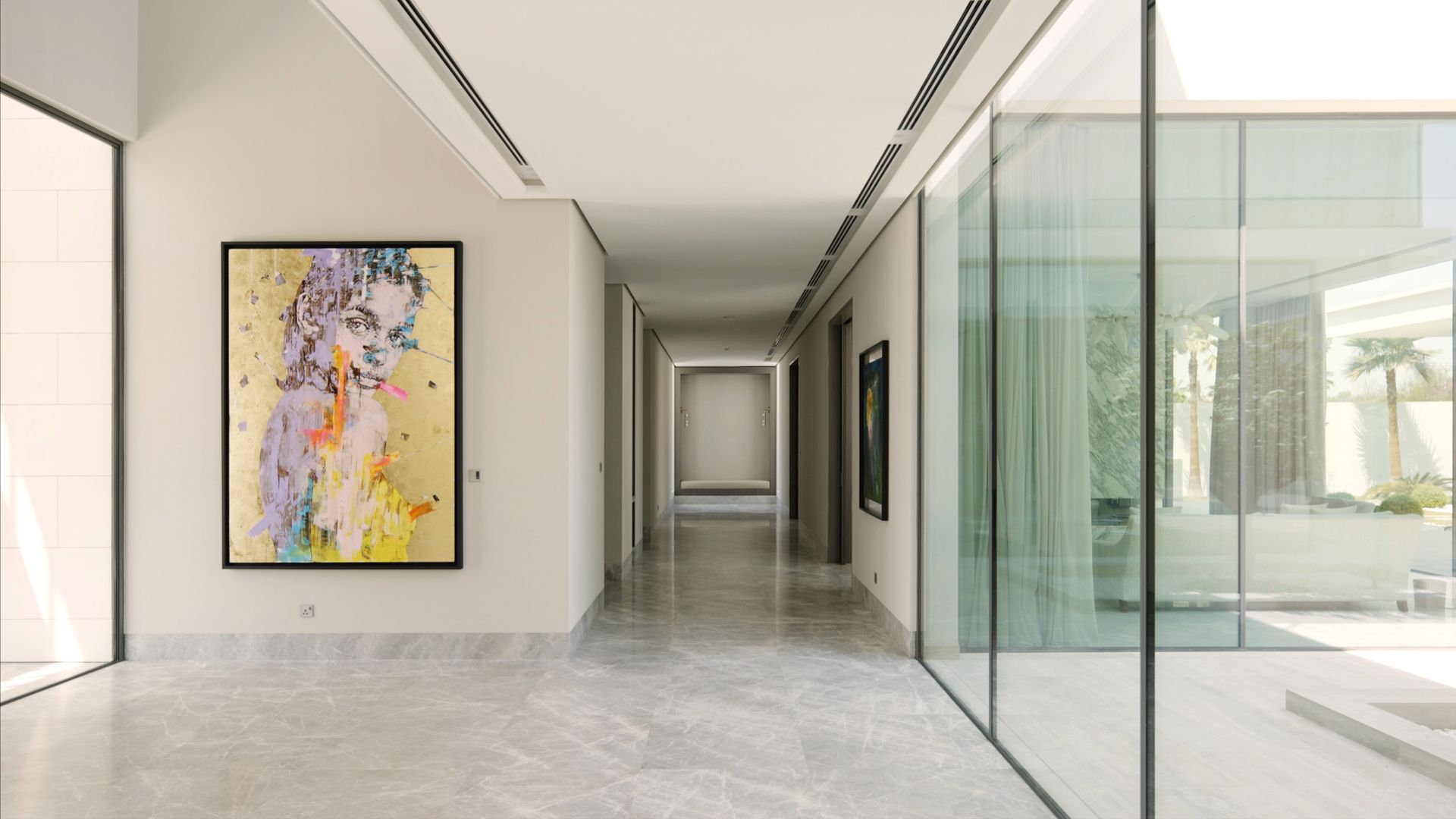
Jasra House | Salloum & Salloum © Sohaub Ilyas
The interview explores Salloum & Salloum Architects’ all-encompassing approach to architecture, interior design, and lead consultancy. The firm’s commitment to detail, exemplified by the bespoke travertine family dining table, reflects its philosophy of making a difference in every aspect of the project.
The architects shed light on the environmental efficiency of JASRA HOUSE, showcasing their forward-thinking approach. The basement housing services and M&E equipment, VRF system for energy efficiency, well-insulated walls, and a strategic shading strategy all contribute to the villa’s sustainability.
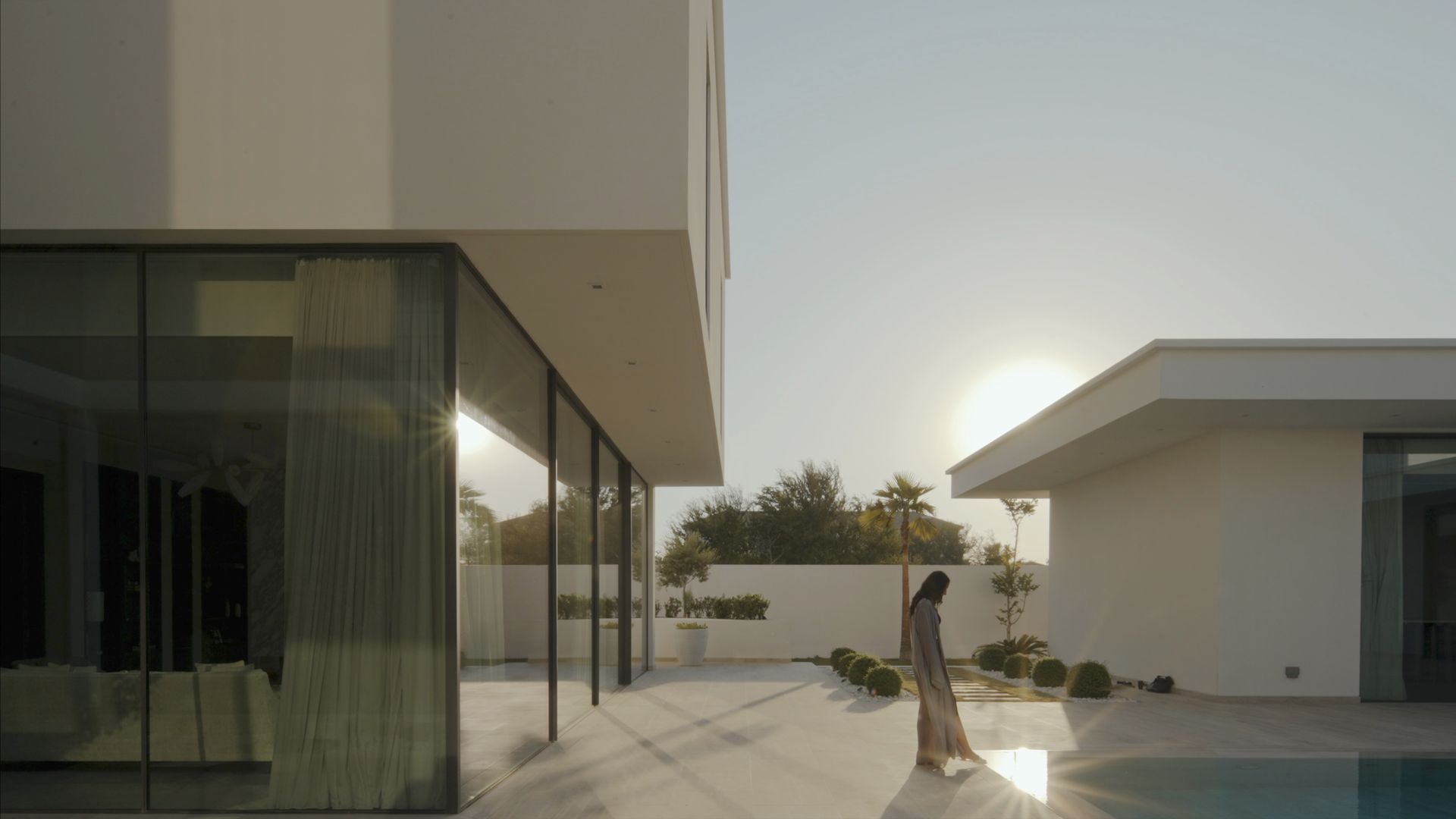
Jasra House | Salloum & Salloum © Sohaub Ilyas
This exclusive interview, accompanied by captivating images and video footage of Jasra House, offers an in-depth look into Salloum & Salloum Architects’ creative process and design philosophy.
